- Our Products
- Upper Extremity
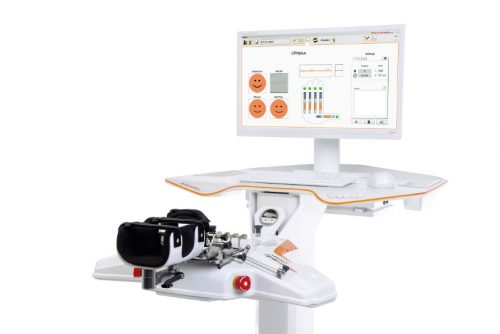 Amadeo Finger-Hand-Rehabilitation
Amadeo Finger-Hand-Rehabilitation
Amadeo is giving hands back their grip and fingers their finesse. Patients who are barely able or unable to grasp can perform hundreds of robot-assisted grasping movements. It won’t train a new Mozart. But it will help patients return to the piano, handwriting Christmas cards, and grabbing life firmly by the horns.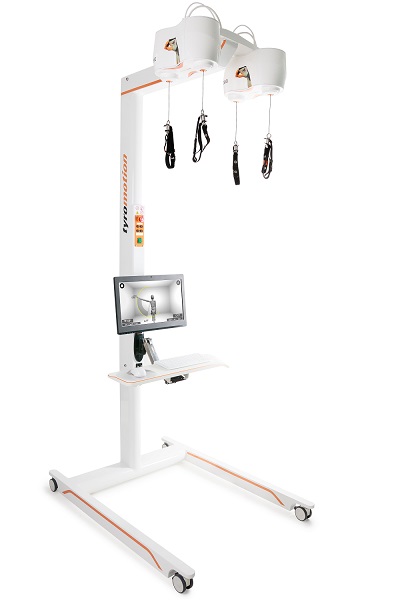 DiegoShoulder-Arm-Rehabiliation
DiegoShoulder-Arm-Rehabiliation
Diego is designed to strengthen what’s important. Whether proximal or distal training, Diego purposefully supports the rehabilitation of natural motion, allows the handling of everyday objects to be relearned, and is usable by adults and children alike.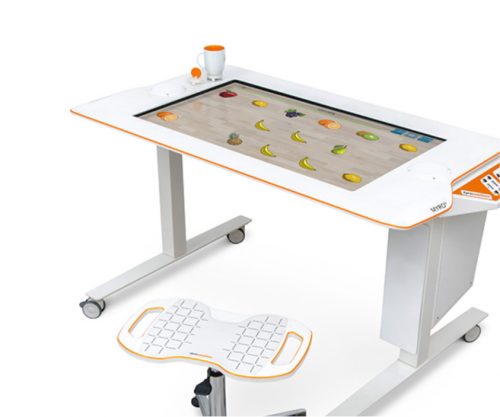 Myro Interactive and task-specific therapy
Myro Interactive and task-specific therapy
Myro is made for making humans get better! The sensor-based surface enables task-oriented rehabilitation with real objects, trains the patient’s cognitive abilities, and improves motor abilities of the upper extremity.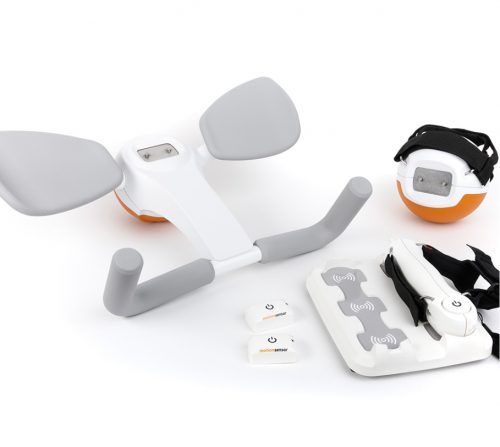 Pablo Upper Extremity Rehabilitation
Pablo Upper Extremity Rehabilitation
As a multifunctional rehabilitation device with comprehensive accessories, Pablo enhances classical therapy exercises with biofeedback, objective assessments, and gamification. It won´t train the next Picasso. But it will help patients to take back control of their lives.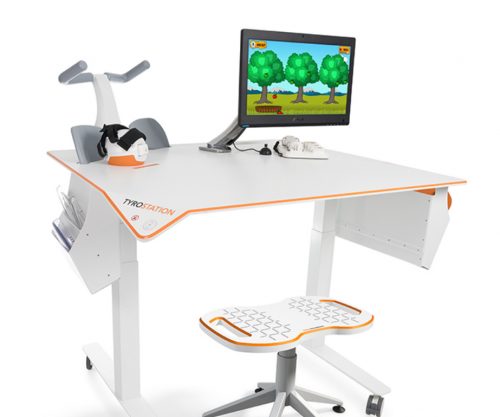 Tyrostation The perfect therapy setting
Tyrostation The perfect therapy setting
The Tyrostation is home to all components of Pablo and Tymo and provides ergonomic adaptability for patients. Sometimes, it´s about the little things in life – or therapy.
- Lower Extremity
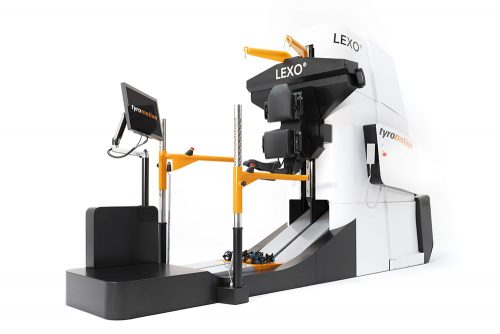 LexoGait and Locomotion
LexoGait and Locomotion
Lexo is a revolutionary gait trainer and impresses with fast setup, high patient activity and optimal trunk support. It encourages active participation and enables therapists to focus fully on their patients.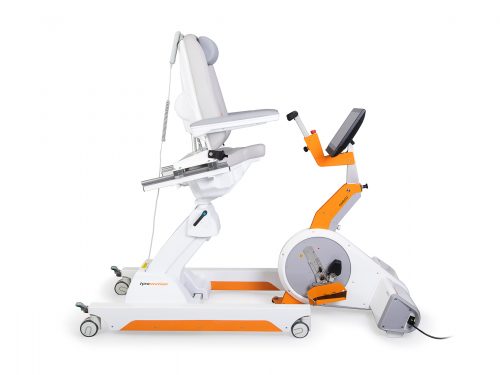 Omego Plus Gait training for the goals across all phases
Omego Plus Gait training for the goals across all phases
More than just a therapy bike! Omego Plus combines uni- and bilateral leg training, leg press, stepper, cycling & foot lift training in one device. Stride stronger with Omego Plus!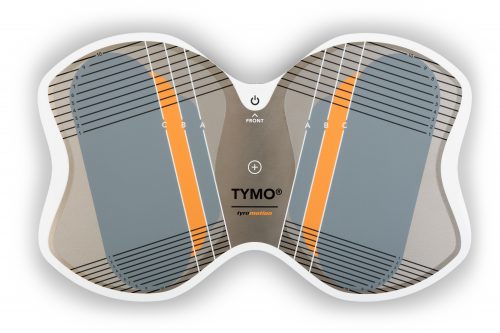 Tymo Balance training and postural control
Tymo Balance training and postural control
Small but powerful! Tymo is a versatile measurement and therapy system for the whole body. In addition to the standing position, Tymo offers a wide range of options for maximum variety during therapy.
- MTT-Line
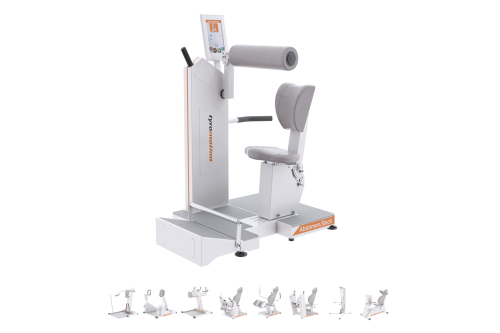 MTT-LineMedical training therapy
MTT-LineMedical training therapy
Get back in the game with the MTT-Line! The Medical Training Therapy devices are specifically designed to strengthen the six major muscle groups of the human body. Barrier free and maximum adjustability make the devices accessible for all types of patients.
- Software
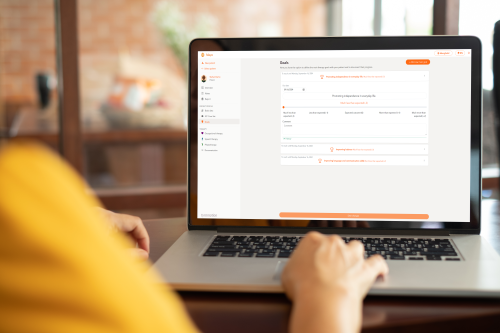 Maya Therapy Platform
Maya Therapy Platform
Maya reduces paperwork, standardizes documentation, and automates reporting, making administration effortless and efficient. Designed for therapists to work wonders!
- Upper Extremity
New Study: Robotic-assisted rehabilitation protocol for upper limb treatment in stroke
Despite the well-known benefits of individualized treatments in rehabilitation, no customized robotic-assisted therapy protocol in stroke patients has been established yet. Therefore, researchers from IRCCS Fondazione Don Carlo Gnocchi ONLUS (IT), aimed to evaluate the effectiveness of a customized robotic upper limb rehabilitation protocol for the treatment of stroke patient. This rehabilitation program included Amadeo, Diego, and Pablo. The protocol, based on clinical assessment and guided by a flowchart, should further optimize the therapeutic benefits of robotic devices in stroke rehabilitation.
It is widely recognized that robot-assisted therapy is a beneficial supplement to conventional treatment in stroke rehabilitation. Still, there is a lack of knowledge which patients benefit most from robotic intervention. Currently, therapists often select robot-assisted exercises subjectively and without a structured approach. The present study is a first step to implement systematic reporting of the types of exercises, the selection of robotic parameters, and the rationale behind these choices. Customized protocols should support therapists to choose the most suitable rehabilitation option based on the patients’ clinical characteristics.
The study analyzed clinical data from 81 patients with subacute stroke who underwent 30 sessions of upper limb robotic rehabilitation. Of these, 49 patients received treatment using the customized robotic protocol (experimental group), while 32 patients received standard robotic therapy without customized protocol (control group).
Results from the study revealed significant improvements in both groups in terms of upper limb motor function, strength, and activities of daily living. However, the experimental group, which received treatment with the customized robotic protocol, yielded greater recovery in upper limb motor function and strength compared to the control group.
The findings underscore the importance of customized treatment approaches in stroke rehabilitation. Tailored robotic therapy protocols hold the potential to further improve the effectiveness and consistency of robotic rehabilitation programs in the future.
More information:



 Contact
Contact 
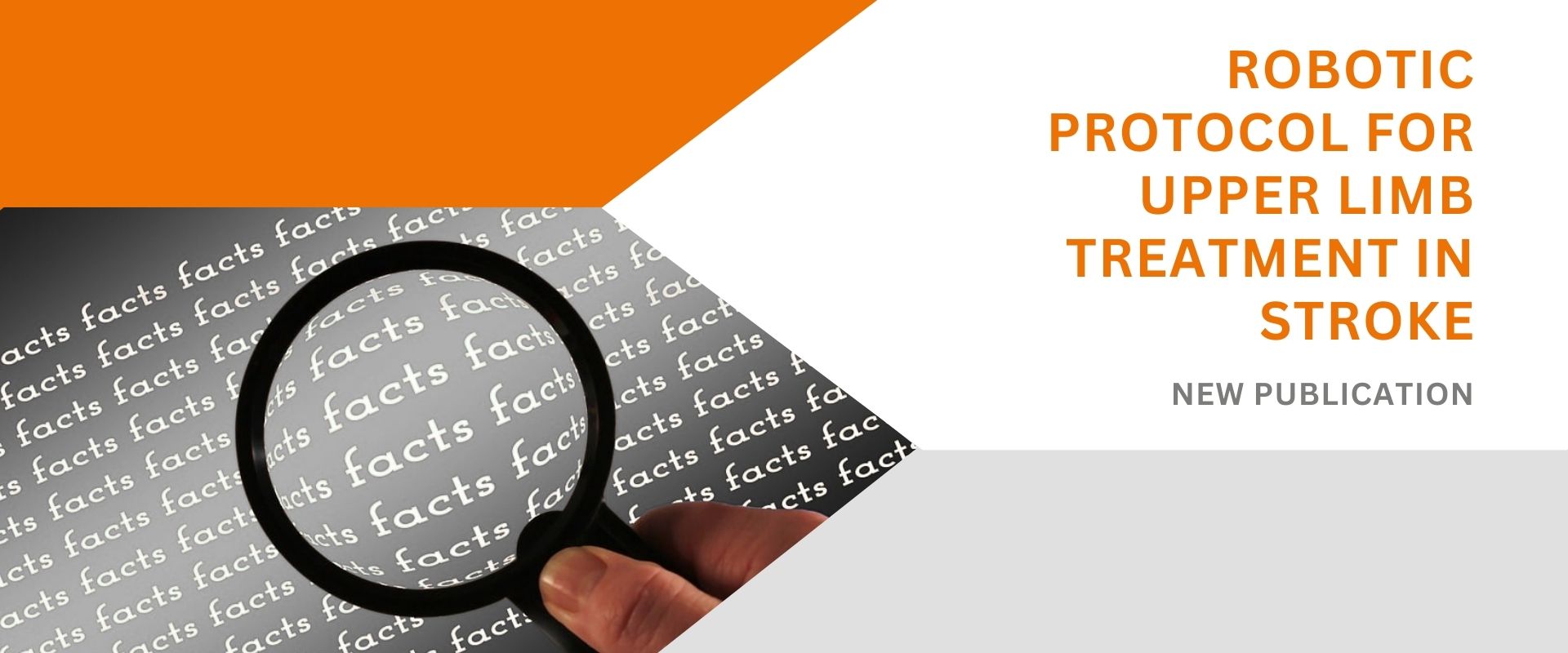


 Contact
Contact 

